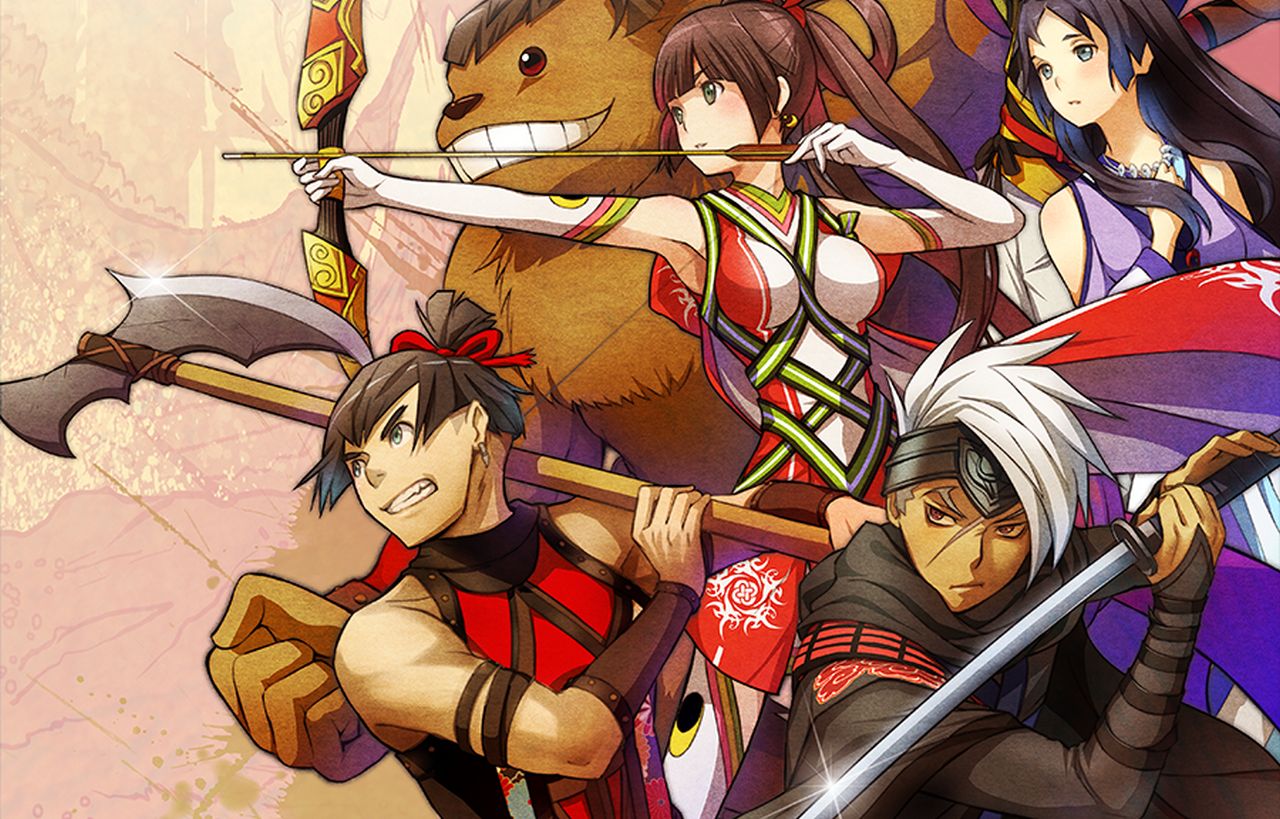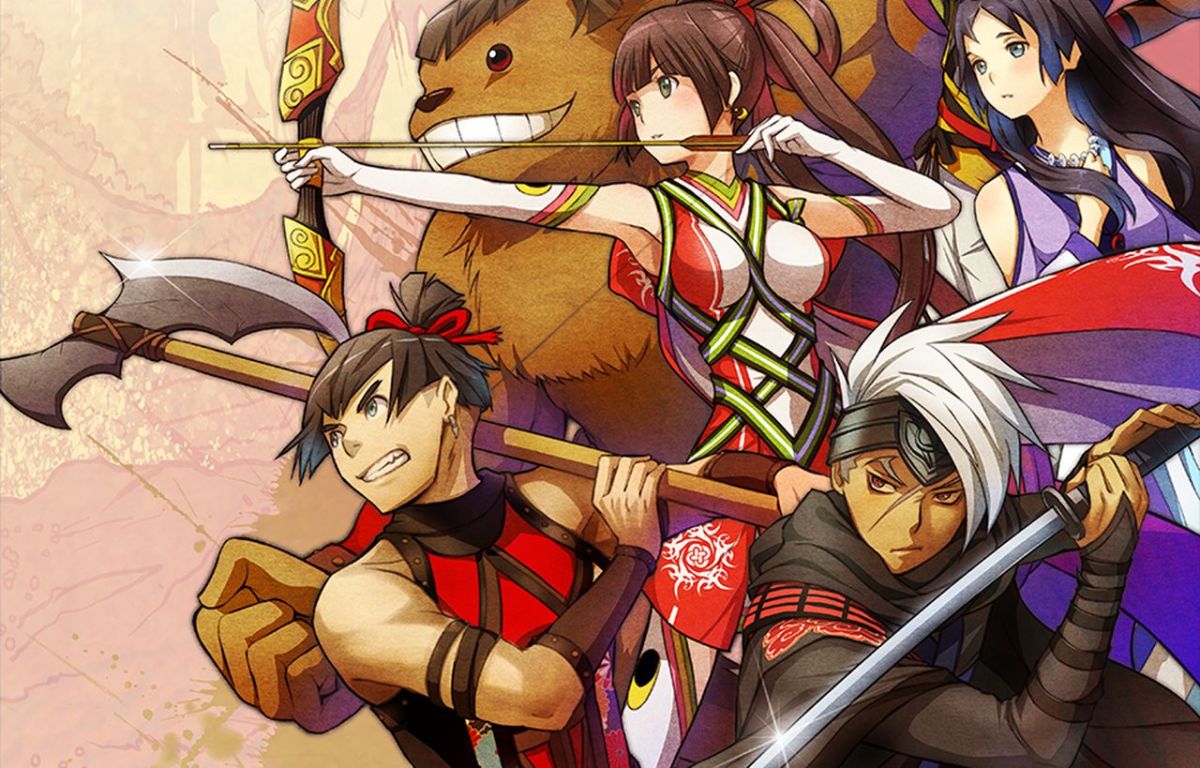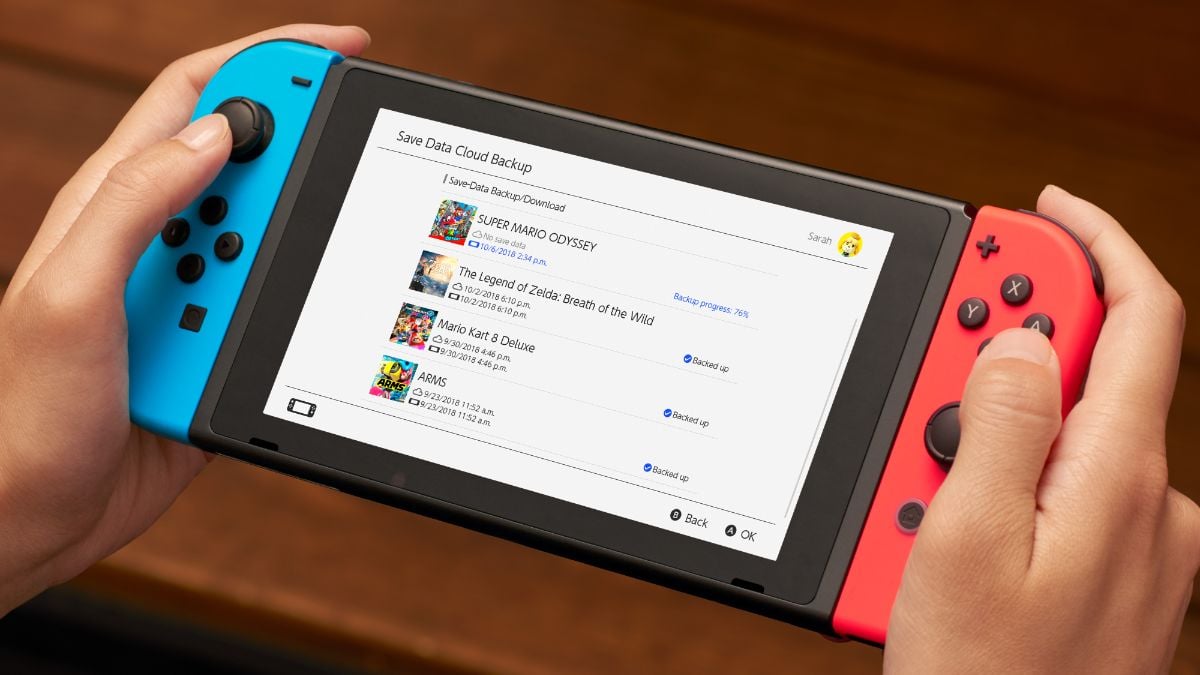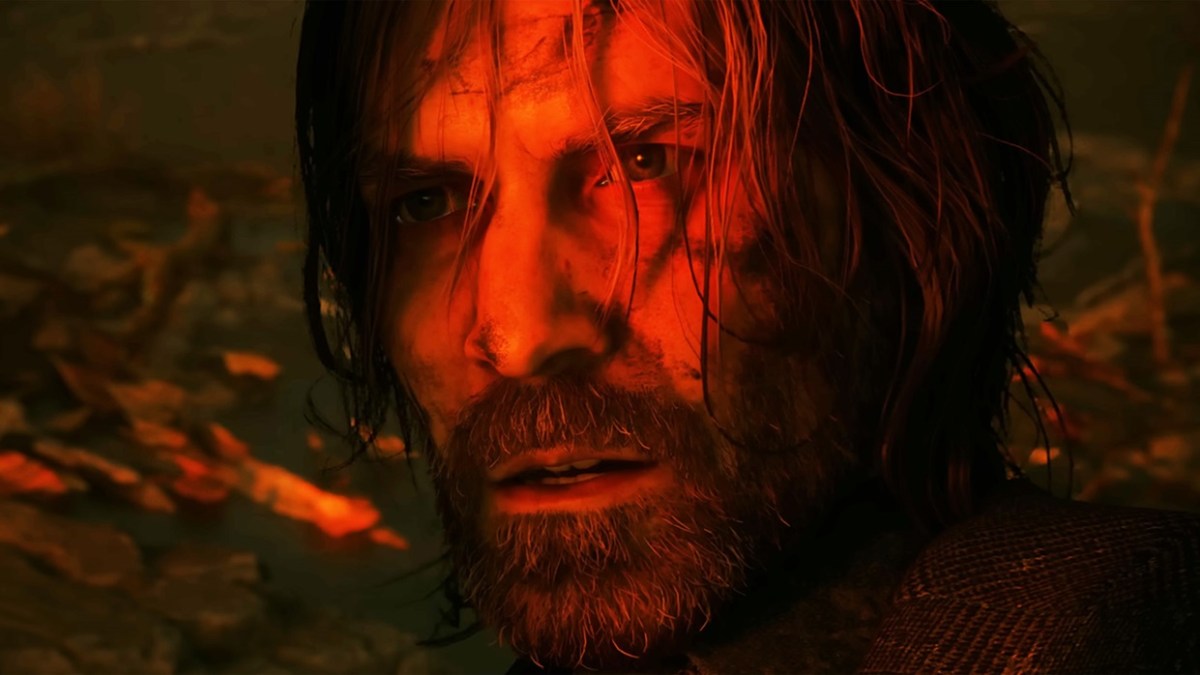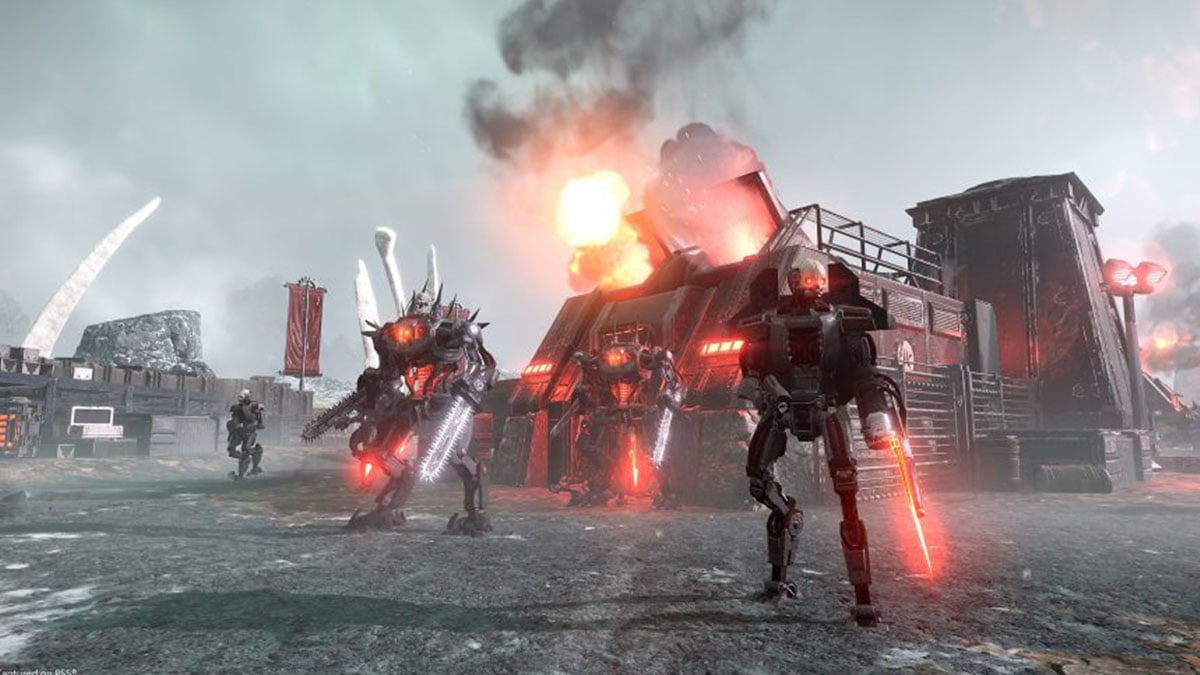The Tale of Princess Kaguya
When last folks heard about God Wars: Future Past, its subtitle was God Wars: Beyond Time. Whatever the real motivation for the change, I think the new, current subtitle is a bit more appropriate.
Playing God Wars feels like stepping into a portal to the past, in more ways than one. In some ways, God Wars is by turns a trip to a bygone era of game design, a look at a much earlier period of history, and even a reminder of sorts that old things aren’t necessarily bad things.

God Wars: Future Past (PS4 [Reviewed], PS Vita)
Publisher: NIS America (NA/EU), Kadokawa Games (JP)
Developer: Kadokawa Games
Release Date: June 20, 2017 (NA), June 17, 2017 (EU), June 22, 2017 (JP)
MSRP: $49.99 (PS4), $39.99 (Vita)
It’s been a few years since Kadokawa last tried its hand at tactical games with the innovative but fatally compromised Natural Doctrine, and it seems that the company’s attempt to recover from that experience has been to go back to basics in a way. The result is a decidedly more traditional type of tactical RPG, one that could’ve easily been a contemporary to the likes of Final Fantasy Tactics.
All the requisite elements make an appearance here. Characters align themselves on a grid-based map in an isometric perspective, and measure their attack ranges and effects in arrangements of tiles. They take turns according to a speed rating, and can be rendered vulnerable by attacks outside their facing or from higher ground.

This “so far, so Tactics Ogre” feeling extends to the game’s character progression, which is defined by job classes. Each character plays host to three jobs: A main job, a sub-job, and a “unique” job that can’t be changed, often speaking to the character itself. Basic jobs like Warrior and Priest quickly diversify and branch out into more specialized classes like Samurai or Monk, and then even further into advanced professions “Confucian” or “Herculean”. With jobs determining both stat growth and the breadth of available skills that can unlocked and improved with “Job Points” earned in combat, there’s a lot of potential for players to customize their party’s makeup and approach, while the unique jobs keep a sense of individuality that sometimes gets lost in games with these styles of systems.
And yet, little of this is something that hasn’t been seen before. That’s not necessarily a huge problem, but most of the genuine novelty to be found in God Wars stands apart from its mechanics.

Indeed, you may come for a fun – if slightly generic – tactics game, but the reason to want to stay is provided by the narrative. Rather than the so-common-it’s cliche take on medieval swords and sorcery that underpins so many tactical RPGs, God Wars goes all the way to the roots of Japan’s mythic past, by incorporating characters and elements from the Kojiki, Japan’s oldest remaining historical chronicle, as well as the chronicles of Shaka, Japan’s take on the historical Buddha. Almost a thousand years old, the myths and stories described in the Kojiki detail a Japan before people decided to start calling it “Japan”, and display a side of Japanese history and culture that’s rarely covered in the media that gets out to the rest of the world.
That said, the adaptation is fairly loose, recasting the world of Japan’s past into the fantastical, deity-infested realm of Mizuho (taken from a very old name for Japan). Divided between the kingdoms of Fuji, Izumo, and Hyuga. Wracked by natural disasters and conflict, the priestess of Fuji, Lady Tsukuyomi, once sacrificed her daughter Sakuya to the volcano, bringing about a period of calm. Thirteen years later, upheaval once again comes to the land as Tsukuyomi’s other daughter, Kaguya, breaks out of her prison to see the world and find some answers. She’s aided by friends like the stone axe-wielding Kintarou, and a host of other characters whose names you might have once heard adorning a Shin Megami Tensei demon, or labeling a Naruto ninja magic spell. Here, they’re characters to be leveled up, equipped, and moved around on the board to fight man, beast, and god alike.

All of this adds a good dash of unique flavor to the proceedings, and it’s helped along by colorful cutscene art that transitions smoothly to fully animated video. The actual gameplay graphics, though, are less to write home about, having been clearly designed to look best on a portable platform.
Ultimately, while it’s a little bit disappointing to see Kadokawa go with such a “safe” design for its return to the tactical RPG battlefield, there’s enough in God Wars: Future Past‘s narrative and atmosphere to recommend it to someone on the lookout for a new Tactics-style title.
[This review is based on a retail build of the game provided by the publisher.]
